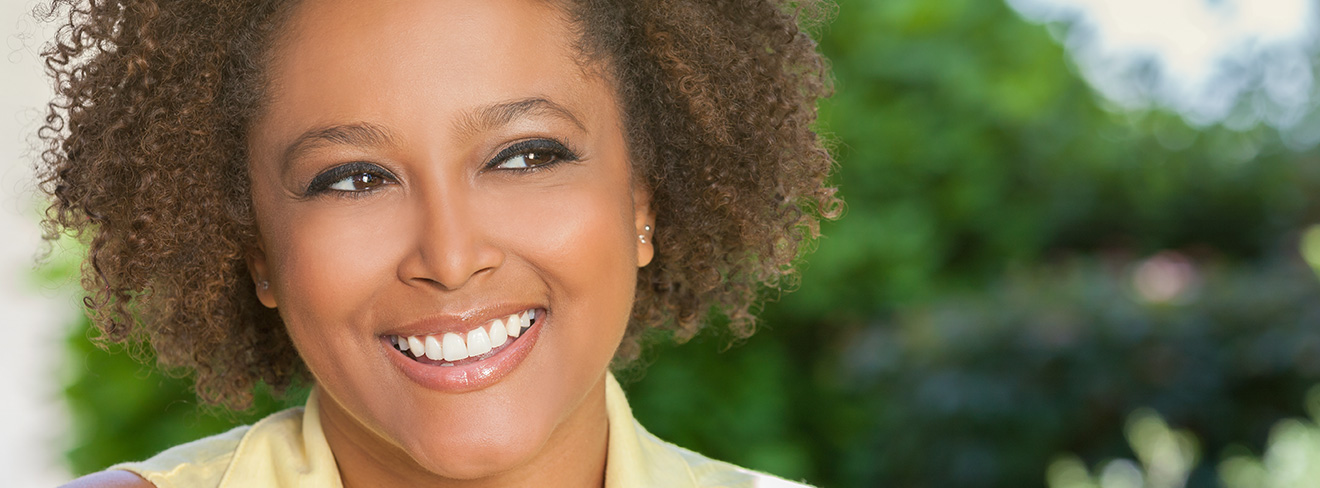
DRY EYES
NY LASIK is a Dry Eye Center of Excellence
Our talented team and center offers the most advanced dry eye diagnostic tools and treatment options available:
- Lipiflow and Lipiview
- Allograft Tissue contact lenses
- Comfort Plugs
- Allergy Testing
- Amniotic Tissue application for dry eye relief
- Offering the most advanced corneal mapping available for more precise outcomes and diagnosis
Dry eye syndrome (DES) affects more than 40 million Americans. Dry Eye related complaints are the number-one reason people make an appointment with an ophthalmologist. Most practices often send the patient away with over-the-counter drops, temporarily treating the symptoms but never addressing the underlying cause. Dr. Bley and his team have the clinical training to effectively diagnose and treat Dry Eye Syndrome. This is a very complex disease

and no two cases are the same. Dry Eye TreatmentA patient’s ability to produce tears and lipids, environmental allergies, amount of time spent on a computer/smartphone, ocular surface disease and a number of other factors are all contributing factors to a patients discomfort. Dr. Bley is able to test for and address all of these root causes.
NY LASIK is proud to introduce the first of its kind in dry eye technology and the only FDA approved diagnostic & treatment system for Dry Eye Syndrome – The LipiFlow® Thermal Pulsation System.
For more information on LipiFlow, please view the Patient Education videos below:
LipiFlow Patient Education Video
ARVE Error: Mode: lazyload not available (ARVE Pro not active?), switching to normal mode
LipiFlow Vs Use of Drops and Ointments Video
ARVE Error: Mode: lazyload not available (ARVE Pro not active?), switching to normal mode
Learn More About Dry Eye Syndrome
There are two predominant forms of Dry Eye, aqueous and evaporative. Evaporative dry eye, which affects approximately 80% of dry eye patients, is caused by meibomian gland dysfunction (MGD) or blocked glands that create a deficiency in the oil layer of the tear film. This can be the beginning of other dry eye disease problems including damage to the cornea and sight-related issues.
Common Symptoms
- Dryness
- Feeling of foreign body in eye
- Tearing
- Tiredness
- Discomfort and irritation
- Burning or stinging sensation
- Sensitivity to light
- Itching
- Grittiness
- Vision disturbance
- Discharge
- Redness
Additionally, these symptoms may also be accompanied by:
- Difficulty performing visual tasks including reading, watching TV, and driving
- Trouble being out in the sun
- Inability to wear contact lenses
- Symptoms that worsen later in the day
- Constant use of eye drops
- What causes dry eye?
The development of dry eye syndrome can have many causes which can include:
- Age – as we age, dry eye is a condition that naturally occurs. Most people over the age 65 will experience some symptoms of dry eyes.
- Medications – certain medicines, including blood pressure medications , antihistamines, decongestants, and antidepressants, can cause a decrease in tear production
- Gender – dry eyes is more common in women due to hormonal changes secondary to pregnancy, oral contraceptive or menopause
- Environmental conditions – an increased rate of tear evaporation can be seen with wind, smoke, and dry climates, all leading to dry eye symptoms. Other factors such as a poor blinking pattern or working on a computer screen for longer durations can cause symptoms.
- Medical conditions – dry eye symptoms are more likely to occur in patients who have rheumatoid arthritis, diabetes and thyroid problems. Additionally, if patients have problems with inflammation of the eyelids such as blepharitis, eye surface inflammation or the inward or outward turning of eyelids can cause dry eyes to develop.
- Long-term contact lens wear can also lead to dry eyes.
For moderate and severe Dry Eye patients, life can seem like a constant struggle to find even temporary relief. With these patients, their search for relief can have their life revolve around their dry eye treatment regimen. Many will use warm compresses daily, lubricating drops every few hours, blinking exercises, and/or lid scrubs. Sometimes they are only able to wear contact lenses for a limited time, if at all. Spending hours on the computer or reading a book may be too painful to even contemplate. If the weather is nice outside, these patients might not be able to enjoy it because their dry eyes are causing too much discomfort.
If this sounds all-to familiar to you schedule a consultation with Dr. Bley today and say goodbye to your Dry Eye!

